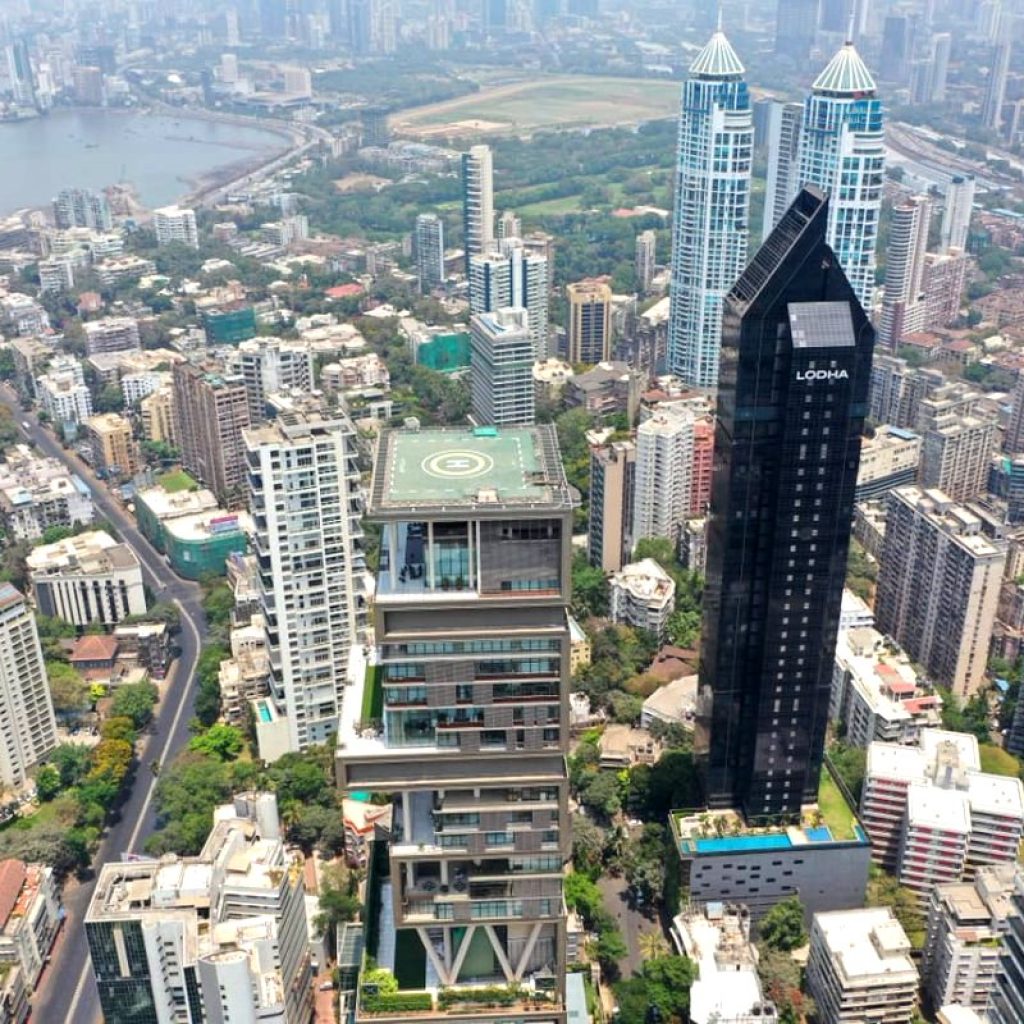The Indian fractional ownership market is currently estimated at around USD 500 million and is expected to grow 10 times in the next 5 years. Albeit the regulatory compliance issues that the industry is expected to witness during the initial phase of implementation of the MSM REIT regulations, these are expected to pave the way for the market to grow and potentially surpass USD 5.0 billion of Asset Under Management (AUM) by 2030.
A JLL – PropShare analysis, released today, highlights the immense growth potential of the real estate fractional ownership market in India. The analysis examined Grade A office assets across the top seven (Mumbai, Delhi NCR, Kolkata, Chennai, Bengaluru, Pune, and Hyderabad) markets of India shedding light on the potential size and expected growth trajectory of the market.
Traditionally, real estate investment has required a substantial amount of capital. Given high capital requirements and lack of liquidity, investing, especially in commercial real estate was limited to institutional investors or individuals with significant financial resources. However, the emergence of REITs and Fractional Ownership Platforms (FOPs) have transformed the real estate investment landscape. These innovative platforms have democratised access to real estate for retail investors and provide opportunities for investors to diversify their investment portfolios by accessing asset classes that were previously exclusive.
“The current fractional ownership market is estimated at ~USD 500 million based on value of assets under management. However, our analysis reveals significant prospects for growth. More than 328 million sq. ft of grade A office assets in the top seven cities of India, valued at ~USD 48 billion are MSM REIT-worthy. This illuminates the promise and potential of this sector’s burgeoning future. The REIT market in India grew from ~INR 0.3 trillion to ~INR 1.3 trillion in Gross Asset Value (GAV) within a span of five years. As the regulatory framework falls into place and FOPs overcome initial implementation obstacles, we expect the MSME REIT market to experience an even more accelerated pace of growth,” said Dr. Samantak Das, Chief Economist and Head of Research and REIS, India, JLL.
Small and Medium REITs: Fostering Growth with Regulatory Oversight
To formalise the nascent fractional ownership space, the Securities and Exchange Board of India (SEBI) has the Small and Medium Real Estate Investment Trusts (SM REITs). Amendments to the REIT Regulations 2014 enable the formation of SM REITs, addressing concerns regarding regulatory oversight in FOPs.
Prior to the SM REITs regulations, regulatory oversight of FOPs was mostly ambiguous or absent and with rising investor interest it raised concerns on lack of uniformity in disclosure standards, lack of transparency in valuation, management fees, maintenance costs, redressal of investor grievances. The notified regulations require registration of all FOPs with SEBI under the REIT regulations. With all schemes listed on stock exchanges, open market transactions will lead to more transparency, better investor protection and making exits easier for investors, truly democratizing the investment play in Indian real estate.
Key aspects of the SM REITs regulations
The regulations address key aspects to safeguard investor interests, and to ensure organized growth of the market. First, it requires the investment manager responsible for setting up an SM REIT to have a net worth of at least INR 20 crore and at least two years’ experience in the real estate industry or real estate fund management. Also, in a scheme of the SM REIT scheme which has opted not to undertake leverage, the investment manager shall always hold at least 5 per cent of the total outstanding units during the first three years. The minimum holding increases to 15 per cent in the case of leveraged schemes. Second, SM REIT schemes are not allowed to invest in under-construction or non-revenue generating real estate assets. At least 95% of the value of the schemes’ assets must be invested in completed and revenue generating properties and the remaining 5% can be invested in ‘unencumbered’ liquid assets. Third, the size of the asset to be acquired in a SM REIT scheme should be at least INR 50 crore and less than INR 500 crore with units to be issued to a minimum of 200 investors.





